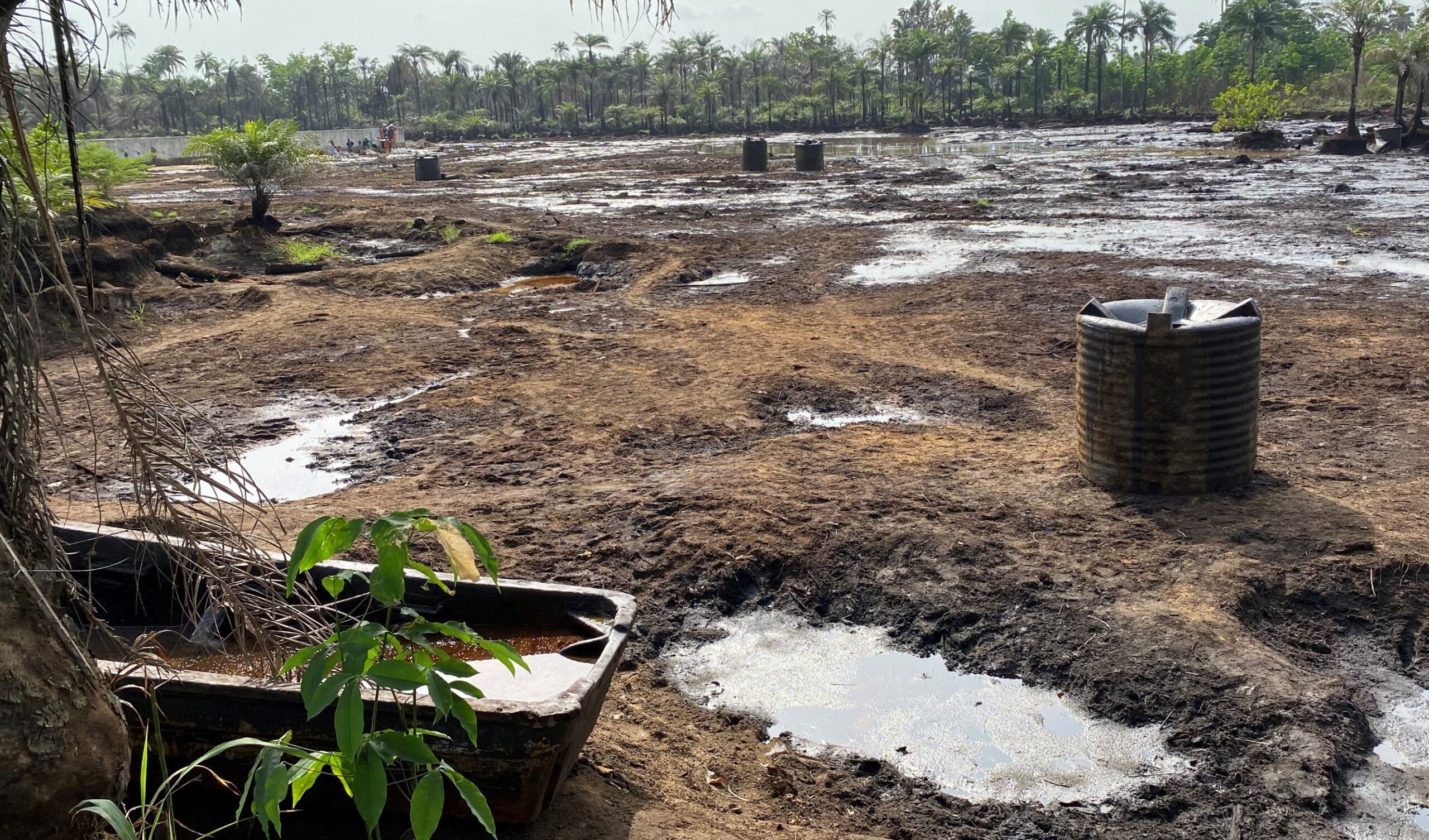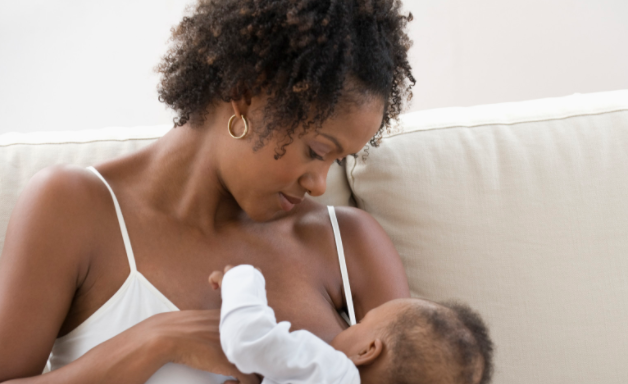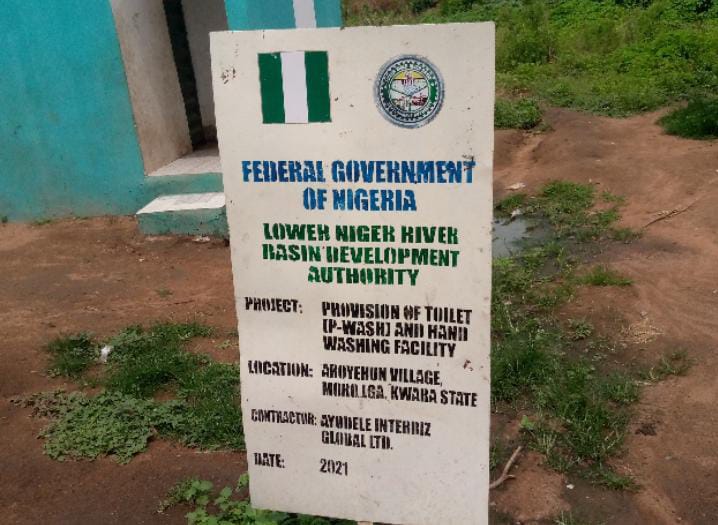Adejoke-Orelope-Adefulire, senior special assistant to the president on sustainable development goals (SDG).
Adejoke Orelope-Adefulire, senior special assistant to the president on sustainable development goals (SDGs), says 23 states including the federal capital territory (FCT) have benefitted from over N24 billion conditional grant schemes on SDGs.
Orelope-Adefulire made this known on Thursday while briefing journalists at the presidential villa in Abuja.
She said the funds are to encourage states to invest more of their resources and prioritise national development, millennium development goals (MDGs) and SDGs.
Orelope-Adefulire said the money was used to provide 732 water and sanitation facilities, 494 health facilities (new and renovated), and 616 education facilities, while 1,150 women and men were empowered and trained in vocational skills.
Advertisement
“Between 2016 and 2021, a record number of projects have been implemented, aimed at providing essential services to accelerate the achievement of the SDGs by ensuring no Nigerian is left behind,” she said.
“In the education sector, 8,008 classrooms were constructed and 305 renovated with furnishing to strengthen basic education across the country.
“A total of 4,845 desktop and laptop computers have also been supplied to schools across the country for Information and Communication Technology (ICT) training.
Advertisement
“In the health sector, 195 health centres, comprising primary healthcare centres (PHC) and mother and child centres (MCC) were constructed, complemented with the supply of 199 intensive care and rural ambulances. About 257 incubators and 7,464 regular and automated hospital beds were supplied across tour health facilities.
“In other cross-cutting sectors, OSSAP-SDGs constructed 66 vocational and skills acquisition centres; supplied 1,294 transformers; provision of 19,266 solar-powered streetlights; 300 housing units for internally displaced persons (IDP) in Borno state and 925 solar boreholes, in addition to several other interventions.”
Furthermore, the SSA said Nigeria has recorded a decline in the mortality rate among under-five children.
“The summary of the baseline indicated that the rate of under-five mortality rate (meaning that for any child born in a specified year to survive before reaching the age of 5) per 1,000 live births in 2016 was 128/1,000 live births but had reduced significantly to 100 in both 2018 and 2019,” she said.
Advertisement
“While Nigeria faces challenges on health outcomes, such as high rate of maternal mortality, there has been significant reduction in the under-five mortality rate from (152 to 137).
“However, the population of Nigerians covered by the National Health Insurance Scheme (NHIS) for better quality of life via the removal of financial barriers increased from 634,154 for males and 266, 618 for females in 2016 to about 781,057 for males and 332,742 for females — an increase of about 26 percent national coverage.
“On SDG-4, a key challenge confronting the country has to do with out-of- school-children, a demographic challenge that relates to an interplay between employment (SDG-8), education (SDG-4), poverty (SDG-1) and the digital economy (SDG-17). With a population of approximately 200 million people, regional disparities are significant.
“With about 10.8 million out-of-school children and more people drifting into poverty, Nigeria’s expenditure on education, just about 8.6 percent in 2015, witnessed a steady decline to 8.2, 8.5 and 8.2 percent in 2016, 2017 and 2018.
Advertisement
“This was largely due to the 2016 economic recession and the decline in global oil prices and the COVID-19 pandemic.”
Advertisement






